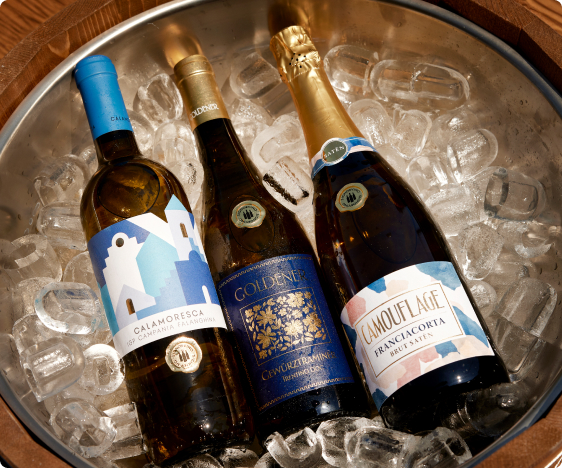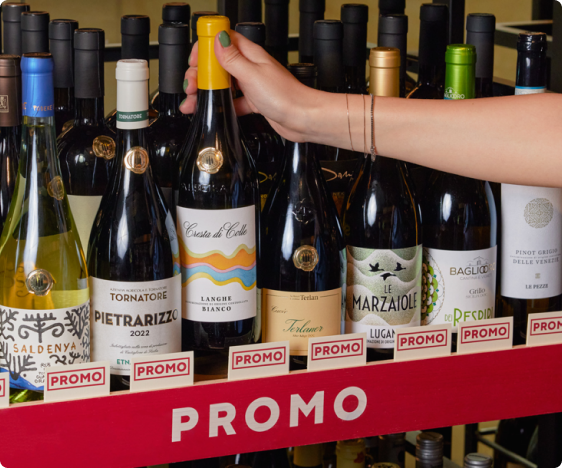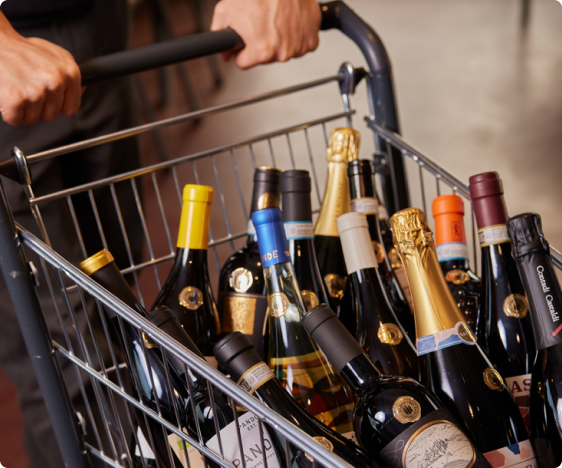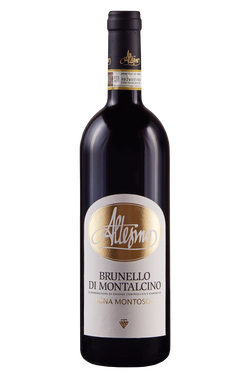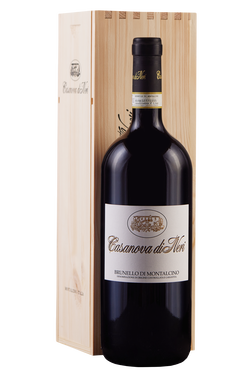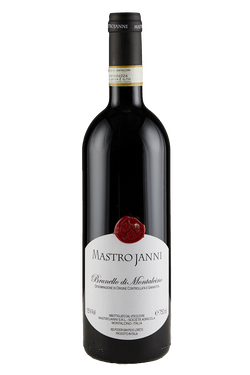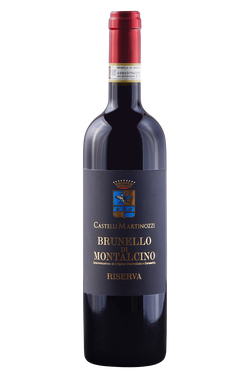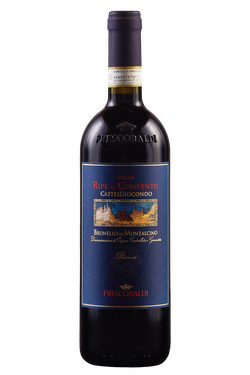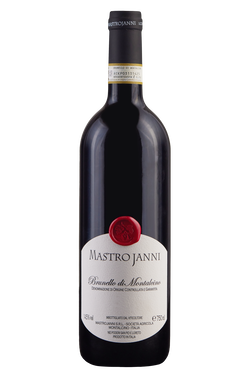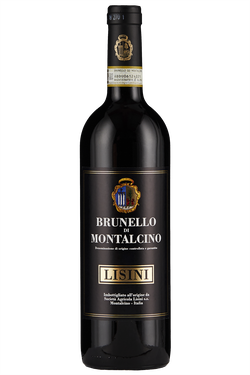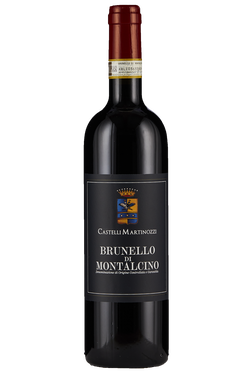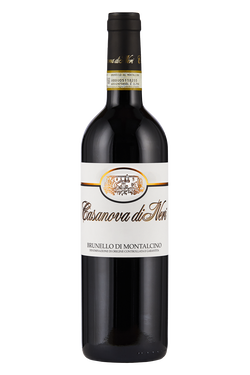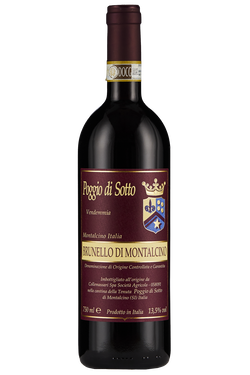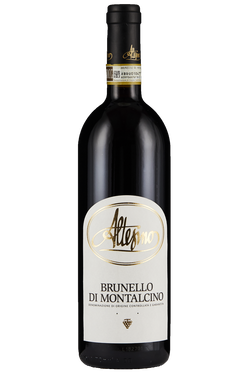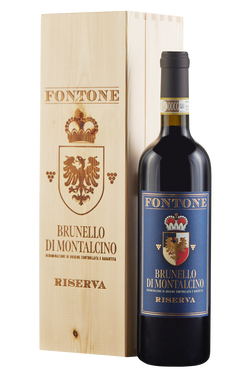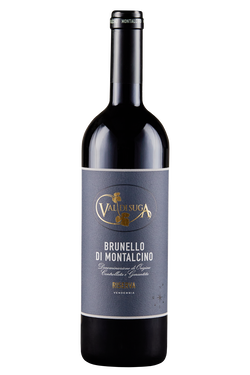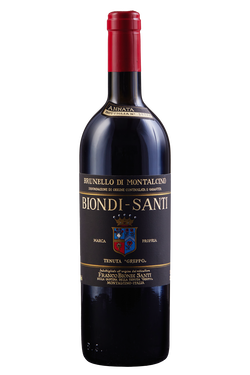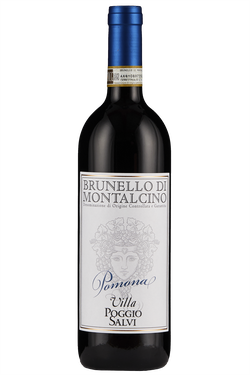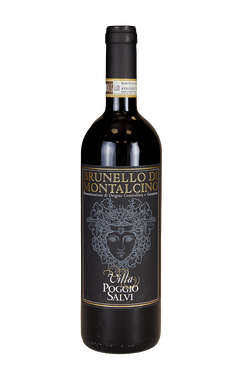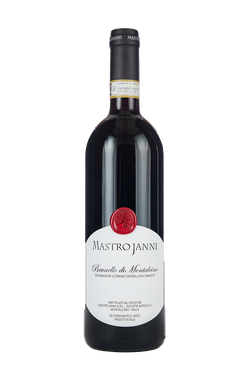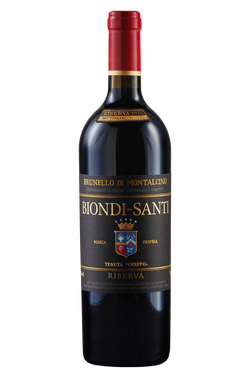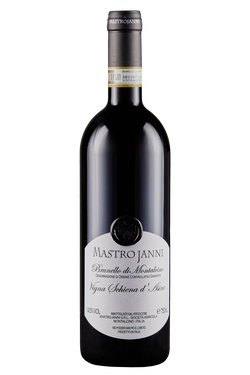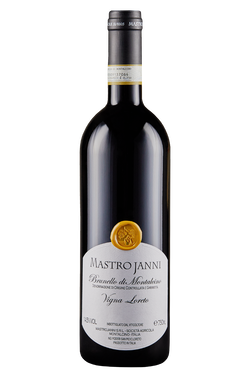History of Brunello di Montalcino
It is easy to say who the father of Brunello di Montalcino is, namely Clemente Santi, who experimented with the first vinification methods on the Il Greppo estate. In 1865 he presented the first bottle of Brunello di Montalcino, inventing the name that has gone down in history. It was Ferruccio Biondi Santi who first made a clonal selection of Sangiovese Grosso, considered – with good reason – more resistant to the attack of phylloxera, the insect that destroyed vast tracts of European vineyards in the late 19th century. Finally, it is thanks to Tancredi Biondi Santi that the fame of Brunello spread throughout the world, so much so that during a state lunch, President Saragat had a 1955 Riserva served to Queen Elizabeth II. Today, Brunello di Montalcino is one of the most famous wines in the world.
Brunello di Montalcino areas and production
This Tuscan red wine is produced close to the Montalcino wine district, in a district covering 24,000 hectares, 15% of which are vineyards. At only 40 kilometres from the Apennines, Montalcino enjoys a fairly dry Mediterranean climate. The hillside of Montalcino is characterised by Quaternary soils, enriched with fossils and marlstone. Today, this famous Tuscan red is protected by a strict production protocol, which provides for a maximum yield of 80 q/ha, and regulates its release for sale five years after harvesting. During this period, Brunello must age for a minimum of two years in wooden barrels and at least four months in bottles.
Sangiovese, the grape of Brunello, and so much more
Brunello, Chianti and Vino Nobile di Montepulciano are based on the same red grape variety, Sangiovese. In Tuscany, until a few years ago, two main varieties stood out, Sangiovese Grosso and Sangiovese Piccolo. This demonstrates how the concept of a wine’s terroir is so much more than its variety: it includes the soil, climatic area, exposure, training of the vines and the human touch. While Sangiovese Grosso is used for Brunello, a grape known locally by the same name as the wine, Sangiovese Piccolo is grown to produce other wines in the region. This differentiation in recent years is no longer followed, because it is now more usual to refer to the individual clones produced by the nursery, or to the mass selections of the various producers. At present, the production protocol for Brunello no longer mentions Sangiovese Grosso as the only grape required for the production of this important wine, only Sangiovese.
Pairings with Brunello di Montalcino
This noble Tuscan red goes splendidly with red meats and braised meats, such as a succulent rare Florentine steak or rich braised wild boar. While it is true that a good Brunello di Montalcino is marked by aromas of undergrowth, spice and potpourri, on the palate it is warm, robust and persistent, it is also clear that this champion of ageing potential expresses itself in various ways depending on the vintage, ageing time and choice of wine cellar. The serving temperature and decanting can also affect how this wine is perceived. The ideal method is to serve it at 16-18°C in large crystal glasses. There are various schools of thought on decanting, but we maintain what Franco Biondi Santi once said: “Better not to decant Brunello so as not to miss the initial volatile aromas. If anything, it is more advisable to open it a few hours before serving it, covering it with a linen cloth”.
